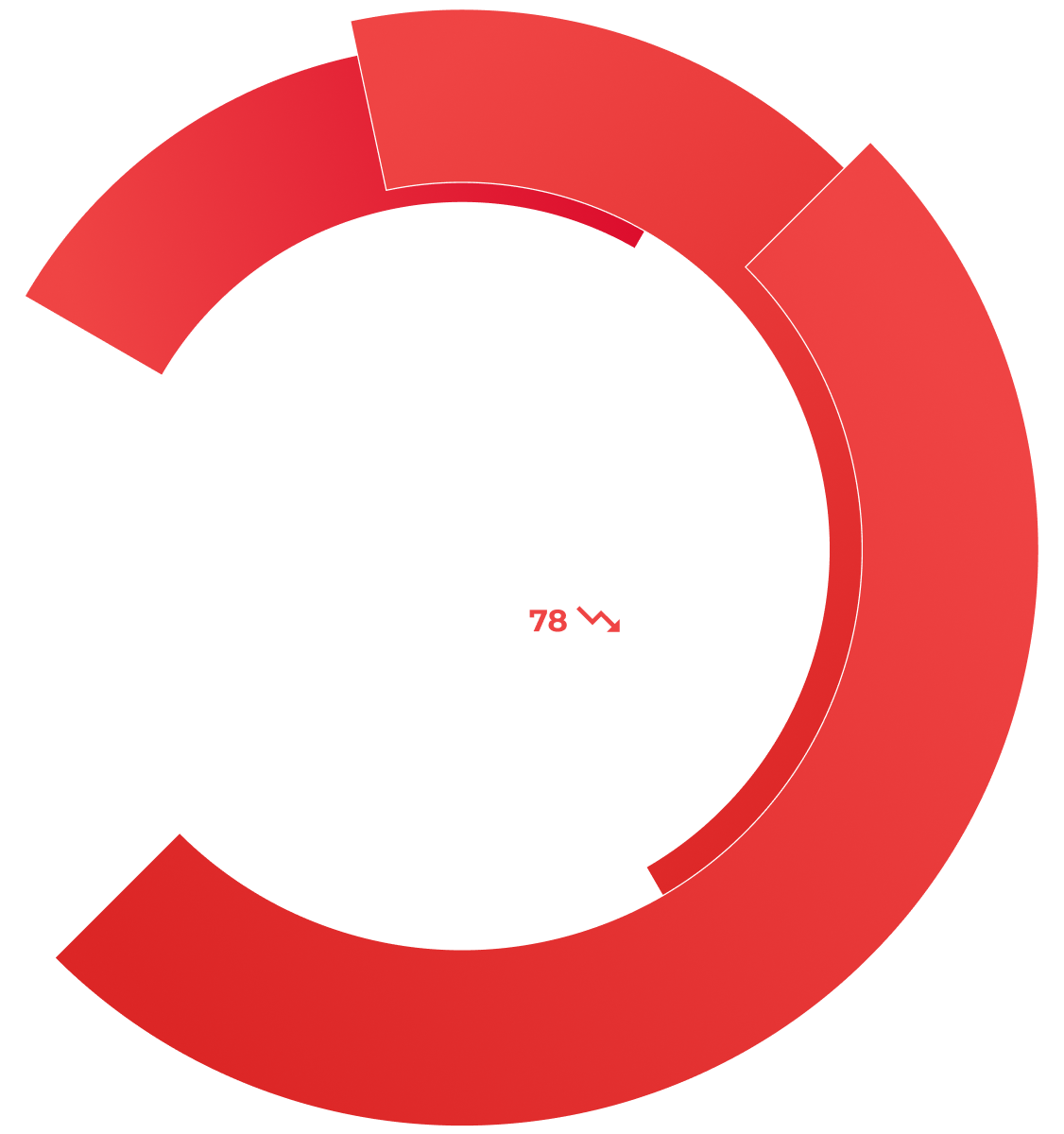

Risk rate over 90-Day timeframe
Make Threat Actors Actively Avoid Your SaaS
Frustrate adversaries into moving on to other targets without a bank-breaking cyber security budget using BLACKBIRD's unique fail-safe approach.
New: Discover how to eliminate security weaknesses in applications without slowing down your SDLC with the Frustration Inversion Strategy.
Get Your Copy →Threat Actors Know Where Your Weaknesses Are. Do You?
The Double-Edged Sword
Security Tooling: Your Hidden Security Gap?
For every new project with 1,000 lines of code, you add 10,000 lines of more code with third-party dependencies. Lines of code that are invisible to your SAST.
Automated tooling lacks contextual data to flag deeper-level security weaknesses, such as business logic flaws. Are false negatives one of your security gaps?
Tool spraw and false positives cause alert fatigue, making your DevOps team intentionally disregard potential security weaknesses.
Expert-Lead Code Reviews
Manual code reviews conducted by vetted application security experts.
Most SaaS applications contain 10-50x more third-party code than custom code, creating a vast attack surface invisible to traditional SAST tools. While automated scanners can detect only 40% of critical vulnerabilities, our expert-led code reviews identify sophisticated business logic flaws, improper authentication & authorization controls, and any other run-time vulnerabilities that tools consistently miss.
By combining human expertise with contextual understanding, we provide precise remediation guidance that eliminates generic false positives and accelerates your development cycle rather than impeding it.
The Outdated Security Calendar
Your SaaS Evolves Weekly, But Your Security Still Works Quarterly?
Pushing code twice a week or even more? With each deployment you could be introducing 10s of new security weaknesses.
Security weaknesses stay exposed for months (if not years) before they are identified. It takes on average another 59-93 days to mitigate identified weaknesses.
A surge in vulnerability makes remediation more resource incentive, inviting threat actors to abuse vulnerabilities before you have time to mitigate them.
Continuous Penetration Tests
Continuous pentests conducted by senior pentesters for every major release.
For every 90 days between traditional pentests, your team deploys up to 30 significant application changes, each introducing potential new attack vectors.
By the time quarterly security results arrive, your engineering team analyzes code that's already been replaced multiple times, creating a perpetual security debt cycle.
Your fast-paced SDLC SaaS requires a more cost-efficient approach.
The Velocity Illusion
Security vs. Speed? Or Can It Be Both?
Fixing security weaknesses post-deployment costs 30 times more compared to addressing them during development.
SaaS companies inside a fast-paced SDLC environment require security to be integrated at the core. The other way around induces more costs, requires more resources, and more wastes more engineering hours (that could have been dedicated to profit-generating hours).
Your engineers should be building features and addressing business-critical operations, not patching vulnerabilities.
Managed Application Security
Outsource your application security to a dedicated team of experts.
Organizations treating security as a separate phase from development create exponential costs: engineers context-switch between building and patching, with each switch costing hours each month of lost productivity.
When a critical vulnerability is discovered post-deployment, remediation costs skyrocket by 30 times what they would have been if caught during development while simultaneously causing deployment.
By contrast, companies integrating proactive measures (such as threat modelling) directly into development processes decrease risk rates by half while accelerating deployment cadence by up to 11x.
The Frustration Inversion Strategy: Your Fail-Safe Path To Application Security
1. Attack Surface Mapping
Gain total visibility of all your currently exposed assets.
Attack Surface Mapping is the first critical element of the Frustration Inversion Strategy. It enables total visibility of all your currently exposed assets. This crucial step ensures you'll never miss out on any security gaps.
This works by identifying all your owned assets, from application endpoints to third-party dependencies and cloud services, creating a comprehensive inventory that evolves with your development cycle.
Never miss critical assets in your security assessment
Inventory evolves with your development lifecycle
2. Fortified Architecture Enforcement
Enforce security by default.
Fortified Architecture Enforcement embeds security directly into the development process through strategic threat modeling and other proprietary methods that help your engineering team develop secure code without causing additional friction.
This simple shift, from treating security as an afterthought to integrating security at the core, ensures that security is enforced from the earliest stages of development and introduces significant cost savings.
Security integrated from the earliest development stages, introducing confidence with every new release
Outsource application security to BLACKBIRD and experience zero additional overhead for development teams
3. Continuous Auditing
Confidence with every single release.
This last element, Continuous Auditing, involves real-time security validation of all development activities, from code commits to dependency changes, ensuring that your security posture remains strong as your applications evolve.
Our approach includes systematic code reviews, automated vulnerability scanning integrated into your CI/CD pipeline, and frequent white box penetration testing that identifies weaknesses before attackers can exploit them.
Continuous security checks throughout development lifecycle
Automated scanning built into your deployment pipeline
Fail-Safe By Design
Continuous Auditing completes the Frustration Inversion Strategy by creating an unbroken security feedback loop that keeps your applications perpetually resilient against emerging threats.
The Frustration Inversion Strategy In Practice
Policy Creation
Week 1Initial Attack Surface Mapping
- Comprehensive asset discovery
- Current security posture evaluation
- Custom risk prioritization matrix
Initial Attack Surface Mapping
- Stakeholder interviews
- Development workflow analysis
- Custom implementation roadmap
Architecture Fortification
Weeks 2-12Strategy Implementation
- Continuous expert-led code reviews
- Analysis of all third-party dependencies & services
- Threat modeling
- Continuous application pentests
Strategy Refinement
Week 12 & OnwardOngoing Strategy Implementation
- Continuous expert-led code reviews
- Analysis of all third-party dependencies & services
- Threat modeling
- Continuous application pentests
Introduce Effective Automation
- CI/CD security integration (DAST, SAST & SCA)
- Automated vulnerability scanning
- Implement strategy refinements
Make Threat Actors Actively Avoid Your SaaS
Make your first step today and Frustrate adversaries into moving on to other targets without a bank-breaking cyber security budget using BLACKBIRD's unique fail-safe approach.